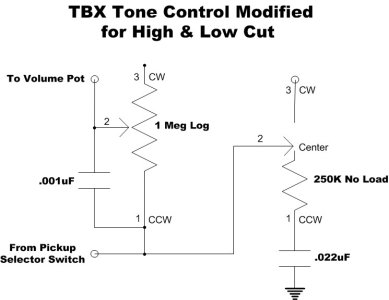Jarrodpimentals
New member
Hello. I’m losing my mind. I’ve installed a jb Trembucker and it sounds off. So I checked the output signal at the end of my guitar cable and it’s only reading 16.9 instead of advertised 17.6k. So I uninstall the pickup and check it and it’s 17.6 uninstalled. If I just solder it to a volume pot and check the other side of the pot it’s 16.9. I’ve tried 3 different pots now and as soon as I solder it I lose output. What in the world is happening. None of my other guitar pickups are lower than advertised.

